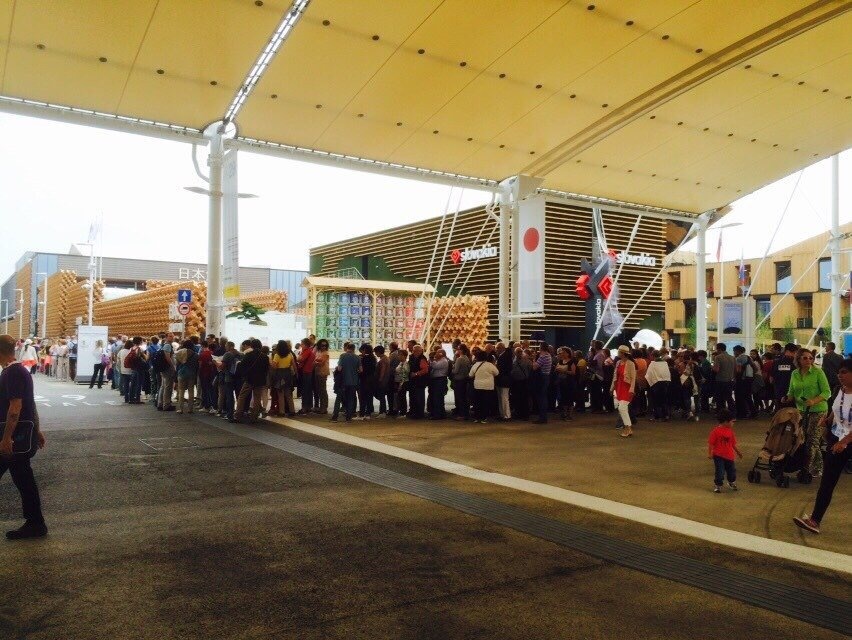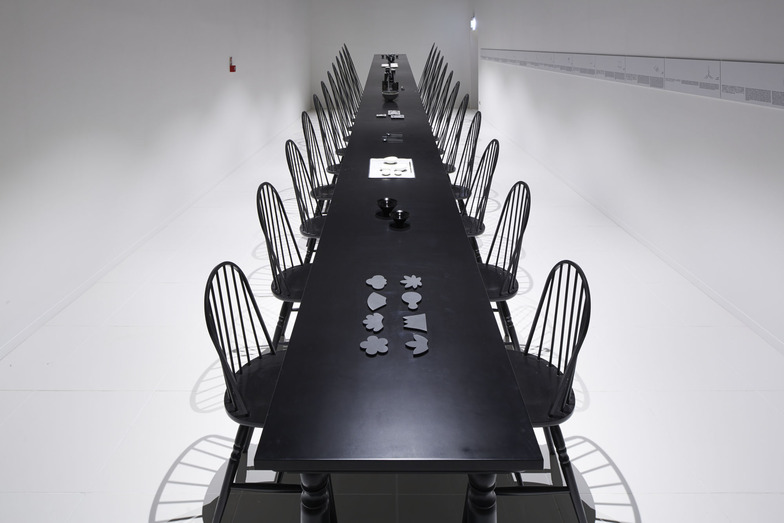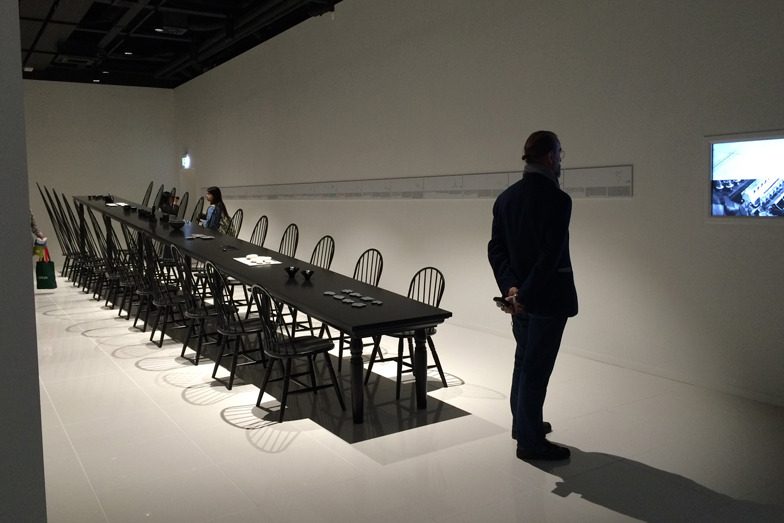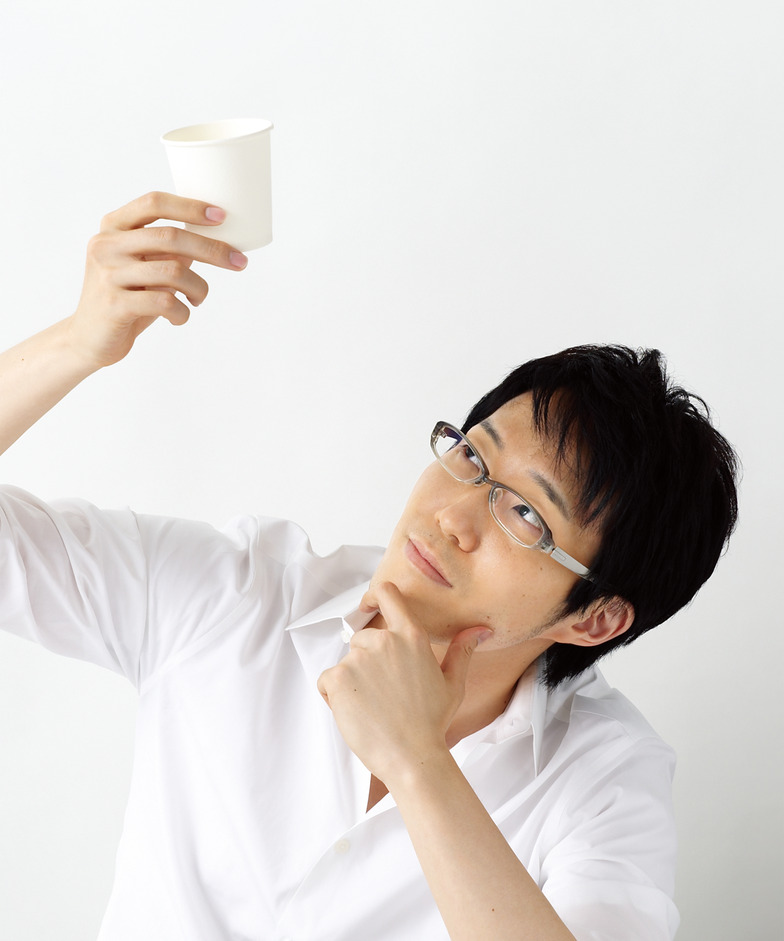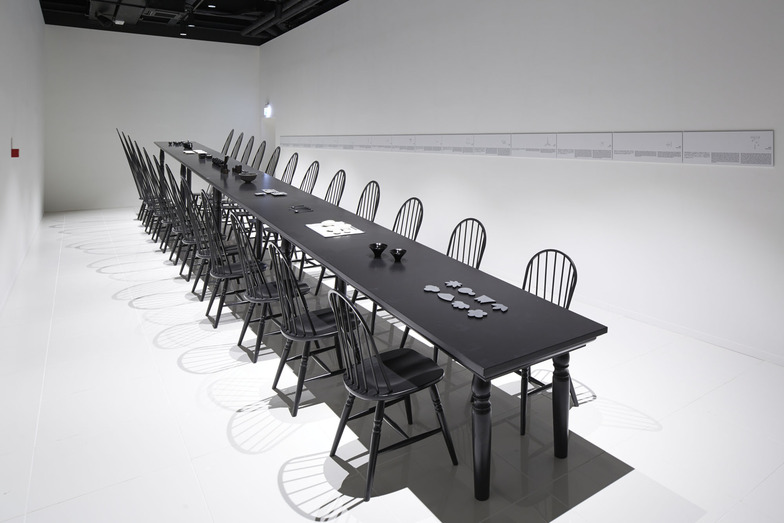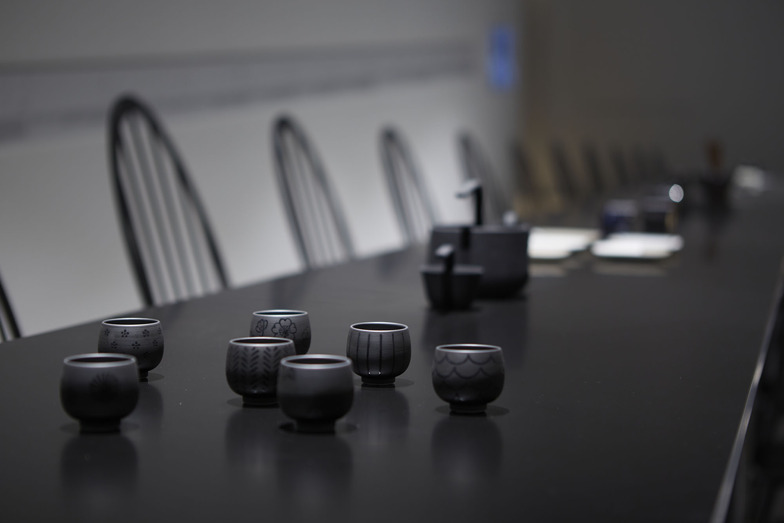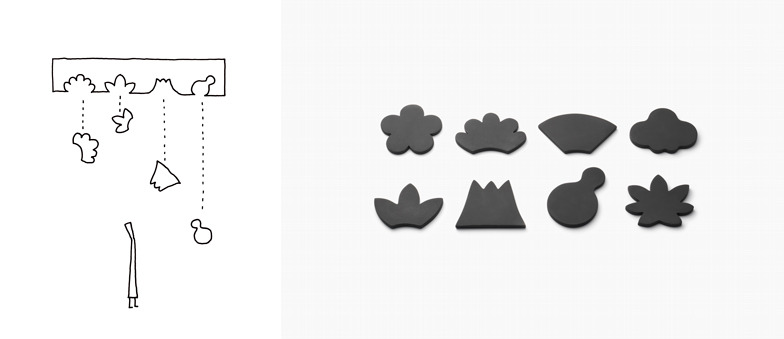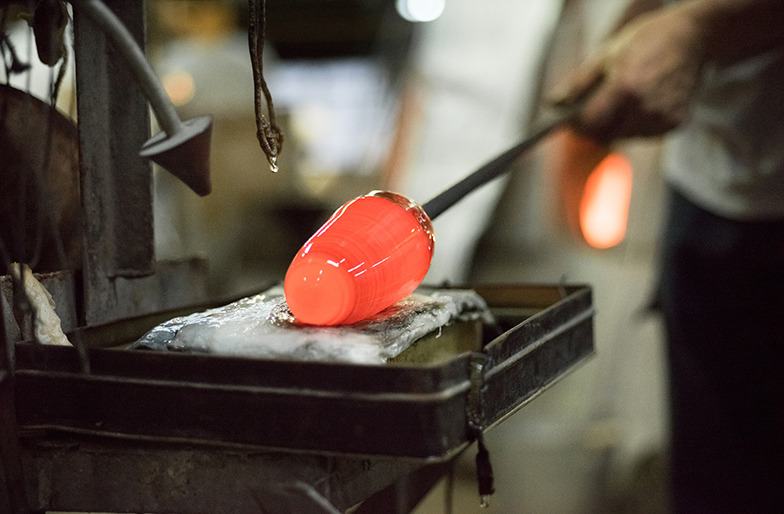Approximately two months have passed since the opening of the Milan Expo on May 1st. The Japan Pavilion has become one of the most popular pavilions among participating countries, with daily average wait times of about 60 minutes. Foreign visitors have commented, "The immersive experience is appealing" and "I enjoyed learning about Japanese food culture."
Previously, we held a roundtable discussion with Mr. Inoko of teamLab, a pioneer in digital installations, Mr. Saito of Rhizomatiks, and Mr. Naito of Dentsu Inc. Event & Space Design Bureau, the Japan Pavilion's exhibition producer. (Roundtable discussion here → Part 1 & Part 2 )
Following that, this time we would like to introduce the "Cool Japan Dining" exhibition area, showcasing Japanese design prowess and artisan craftsmanship.
Editorial Composition: Aki Kanahara, Dentsu Inc. Event & Space Design Bureau
The theme of the Japan Pavilion at the Milan Expo, which focuses on food, is "Harmonious Diversity." At its core lies a spirit of gratitude—cherishing nature and thinking of the many people involved in food. This message is conveyed to visitors through the experience of a "far-reaching journey around food," from the place of origin to the dining table.
The Japan Pavilion's exhibits rhythmically blend digital and analog techniques to pique visitors' curiosity and engage all five senses for a fully immersive experience.
And now, Japanese cuisine is creating a global boom.
Its appeal lies not only in its deliciousness and health benefits but also in its visual beauty. Seasonal ingredients, rich in color, are highlighted through three-dimensional presentations, and it is customary to carefully select tableware that complements each season. "Japanese tableware" plays a vital role in adorning the table each season and enhancing the allure of the dishes.
For example, cool, refreshing vessels like bamboo or glass are used in summer, while warm, thick earthenware pieces are favored in winter. Lacquerware and ceramics often feature motifs symbolizing the seasons, such as plum blossoms, cherry blossoms, chrysanthemums, autumn leaves, and snow.
This practice—enjoying the meal visually before tasting it, allowing diners to feel the season—is one of the defining characteristics of Japanese food culture.
At this Milan Expo, we decided to introduce the traditional crafts and artisan skills from across Japan that have underpinned this wonderful culinary culture. The Dentsu Inc. production team thought: if we're going to do this, rather than simply displaying traditional crafts cultivated over many years, we want to create original, evolved forms and showcase them at the Expo. "Cool Japan Design × Artisan Craftsmanship": In an era constantly chasing the new, we wanted to convey Japan's vital traditional culture that must be preserved. By adding the creativity of young designers to tradition, we aimed to appeal to the world from Milan, the hub of design and fashion. They envisioned this project as an opportunity for various artisan techniques to become a hot topic in Milan, generating new demand and creating a catalyst to pass on these nearly lost skills to future generations—a project that could also contribute to regional revitalization.
Based on the concept developed by the Dentsu Inc. production team and following a public announcement, the overall design production for the gallery space was entrusted to Oki Sato, Japan's top designer. Sato, now renowned even at the Milan Salone, was selected as one of "100 Japanese People the World Respects" by Newsweek magazine.
Oki Sato
Representative, Design Office nendo
Born in Canada in 1977. After completing his master's degree in architecture at Waseda University Graduate School of Science and Engineering in 2002, he established design office nendo.
A leading Japanese designer active across architecture, interiors, products, graphics, and exhibitions. With numerous international clients including Hermès, Louis Vuitton, and Baccarat, he has participated in the Salone del Mobile since 2003. Recipient of multiple global design awards, including Wallpaper* magazine's. His works are held in major museums worldwide, such as MoMA (USA) and the V&A Museum (UK).
The long, narrow dining table and chairs, along with the products placed upon them, are all finished in black. As described in "In Praise of Shadows" (by Jun'ichirō Tanizaki): "The color of the sweet bean jelly, when placed in a lacquered container and submerged in a dim light where skin tones are barely distinguishable, becomes profoundly meditative." By removing color information, texture and the high technical skill of the craftsman are brought into sharp relief. Oki Sato expressed his desire to create an exhibition space where visitors can experience the unique aesthetic sensibility of Japanese culture, born from a sensory world sharpened by shadow and light.
Tables and chairs gradually increase in height toward the rear, creating a mysterious sense of perspective while allowing visitors to overlook all works from the front of the exhibition zone.
The path to realizing this stylish gallery space was far from smooth. The major challenge was matching Sato's design with artisans from over 200 "Traditional Crafts Designated by the Ministry of Economy, Trade and Industry" across Japan. Despite numerous meetings with METI, finding a solution to select production sites within a limited budget and short timeframe, and establishing the production management framework, proved elusive. Days were spent running around seeking cooperation and sponsors.
Just as the project hit a dead end and we were about to give up, a savior appeared.
Sogo & Seibu, who had a working relationship with Mr. Sato Ooki, agreed to support the project. Leveraging their extensive expertise and network with production areas, Sogo & Seibu, which regularly handles traditional crafts, supported us by coordinating between Mr. Sato and the local artisans. Thus, the Ministry of Economy, Trade and Industry, Mr. Sato, Sogo & Seibu, the local artisans, and Dentsu Inc. united. In just six months, through collaborations with master craftsmen from 13 production areas, 16 original works were created.
Each piece embodies the Japanese spirit of meticulous craftsmanship.
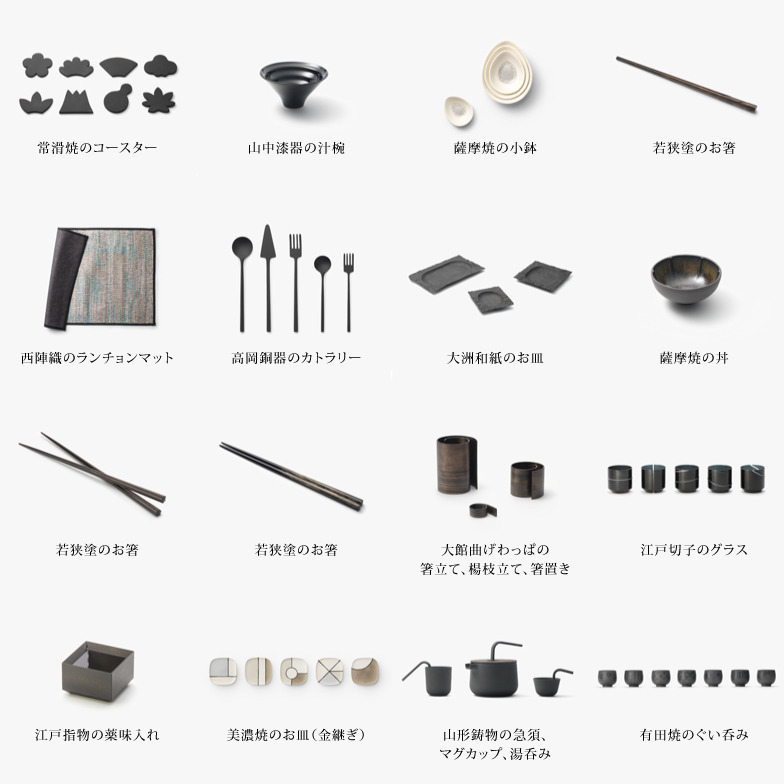
Here, we present two representative pieces.
Wagashi-inspired Coasters
Tokoname ware is pottery produced primarily in Tokoname City, Aichi Prefecture, within the Chita Peninsula, and is recognized as one of Japan's Six Ancient Kilns. While reddish-brown ceramics that highlight the natural clay color are typical, this time we designed coasters by smoking the pieces with rice husks during firing to achieve a black finish, utilizing the water-absorbing properties of the porous base material. Its texture resembles that of rakugan sugar confectionery, and the manufacturing process—forming it in molds—is also similar. The motifs also adopt shapes commonly seen in rakugan. The gourd-shaped coaster has given rise to new functionality, such as being able to hold both a cup and a spoon.
Edo Kiriko: Expressed Through Lines
Edo Kiriko, renowned as a Tokyo specialty, originated in 1834. While typical Edo Kiriko fills the surface of red or blue glass with intricate cuts, the beauty lies even in a single cut. Therefore, we decided to apply a single-stroke cut to a simple two-layered cylindrical glass made of transparent and black glass. Variations include a single vertical or horizontal line, as well as diagonal cuts forming spirals or parabolic patterns. Peering into the glass, you notice light from the transparent glass reflecting off the cut surfaces of the black glass, creating beautiful patterns inside.
What did you think?
This time, we've only introduced a portion of the project, but next time, we'll bring you a conversation with the key figures who helped create the gallery space.

